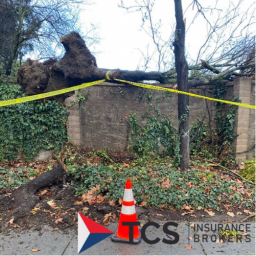After a fire or a home burglary, it may be difficult to remember the details of every item you owned. Such as the brand, size and features of your flat screen tv or how many pairs of jeans you owned. You’ll need to provide these details to your claims adjuster before a check is cut. Not having complete details could leave you under paid for your lost belongings.
Having a current inventory of your possessions, including make and model numbers, will help you with any potential insurance claims. Taking the time to document your belongings now will help you get paid fairly and get you back to normal faster after a covered loss.
Here are some steps you can take to help build your home inventory checklist.
Step 1: Get a Pen, Paper & your Smartphone and take the time to walk through your property. Compiling a comprehensive home inventory takes time and effort. The more detailed your inventory, the more useful it will be if you have to make a claim. Document possessions inside your home and on your property that may be of value. Write them down and back it up with video and/or photos.
- First, take a picture of relevant rooms or items. Label pictures of rooms and important individual items with a description, including where you bought it and the make, model and serial number. Don’t forget to inventory items that may be out of sight in storage closets or drawers.
- Second, walk through your home, office or property using your phone to shoot video of the contents, describing them as you go.
Step 2: Keep your inventory list in a safe place that a fire or a thief can’t get to. Creating a digital home inventory and storing it off-site will help ensure that it won’t be lost, stolen or damaged during any disaster at your home.
- Upload your home inventory and all supporting documents, pictures and videos to the cloud. Use an encrypted cloud service if possible.
- If you choose to create a paper version and or have back up files, consider storing it in a fire proof safe and or off-site in a safe deposit box.
Step 3: Continue to Update your inventory list. Each time you make a significant purchase, add the information to the inventory while the details are fresh in your mind. This is also a good time to delete items that you have replaced or no longer own.
Step 4: Consider valuable items and be extremely detailed about each item. Valuable items like jewelry, art, and collectibles may have increased in value since you brought them into your home. Check with your policy to make sure that you have adequate insurance coverage for these items as they may need to be insured separately. Also, consider putting jewelry or other valuables that you don’t often wear or use in a safe deposit box.
To learn more about how we can help you protect your home and belongings, check out our homeowners insurance page and then contact us for a consultation.










